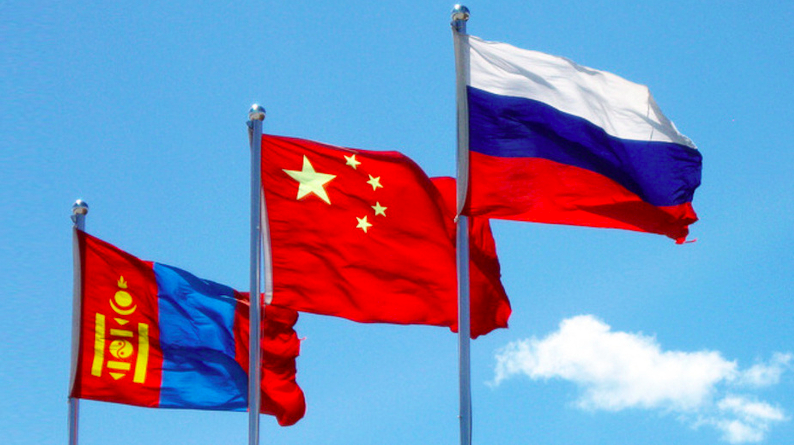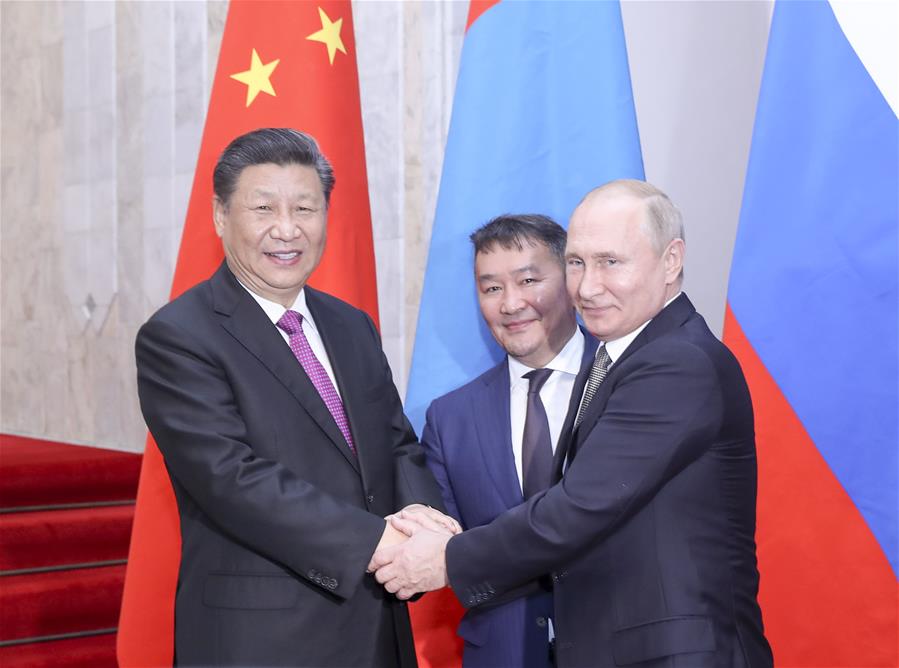Strategic Investments to Transform Mongolia’s Trade Along the China-Mongolia-Russia Corridor

The World Bank’s report underscores the necessity for strategic investments and policy reforms to enhance Mongolia’s international trade and logistics via the China-Mongolia-Russia Economic Corridor. It emphasizes improving railway efficiency, border operations, and increasing private sector involvement. These efforts are aimed at reducing Mongolia’s dependence on mineral exports and fostering sustainable economic growth.
The study by the World Bank focuses on enhancing Mongolia’s international trade and logistics through the China-Mongolia-Russia Economic Corridor (CMREC). This initiative addresses Mongolia’s potential and the challenges it faces in utilizing its abundant mineral resources while diversifying its economy and upgrading its trade infrastructure. Mongolia, with its vast mineral wealth, encounters significant obstacles to economic integration due to its extensive landlocked territory and dispersed population. The Central Corridor, stretching from Sukhbaatar and Altanbulag on the Russian border to Zamiin Uud on the Chinese border, plays a crucial role in economic development. This corridor encompasses Mongolia’s primary railway line, essential for the country’s transport network, facilitating a substantial portion of trade with China and Russia.

Central Corridor: Backbone of Mongolian Trade
The economic significance of the Central Corridor is evident in its facilitation of imports, non-mineral exports, and transit trade. Currently, about 90% of Mongolia’s imports and 64% of non-mineral exports by value traverse this corridor. With projected increases in freight demand, particularly between Zamiin Uud and Ulaanbaatar, infrastructure enhancements are imperative. These include the construction of the Bogdkhan Railway Bypass to alleviate congestion in Ulaanbaatar and potentially doubling the rail line between Zamiin Uud and Ulaanbaatar. Another critical focus is on railway efficiency and operations. The existing rail network, predominantly managed by the Ulaanbaatar Railway Company (UBTZ), faces various challenges, such as outdated physical infrastructure, operational inefficiencies, and regulatory hurdles. Addressing these challenges through infrastructure investment, upgrading rolling stock, and regulatory reforms is essential. Projections indicate a doubling of rail traffic by 2030, necessitating substantial improvements and expansions to meet future demands.
Enhancing Trade Facilitation and Border Operations
Significant enhancements are also required for trade facilitation and border operations at key nodes like Ulaanbaatar and Zamiin Uud. Delays in trans-loading and customs procedures at these points contribute to logistical inefficiencies. Recommendations include developing multimodal transport and logistics facilities, enhancing border processes, and improving communication and digitalization with neighboring countries. Emphasizing private sector participation (PSP) in infrastructure development is crucial. The recently enacted Public-Private Partnership (PPP) Law aims to address previous deficiencies and attract private investments in developing dry ports and other logistics facilities. However, challenges remain in ensuring transparency, enforcing contracts, and ensuring fair competition with state-owned enterprises.

Strategic Investments for a Strong Future
The proposed corridor strategy adopts a phased approach to enhancing the rail network, focusing on short- to medium-term operational improvements while laying the groundwork for long-term expansion. This includes mobilizing private capital, leveraging UBTZ’s internal resources, and attracting green finance for sustainable projects. The development roadmap for the Central Corridor outlines policy reforms, node improvements, and investments in rolling stock and railway operations. Key recommendations include strengthening the operational and regulatory framework, operationalizing the PPP Law, improving border processes, developing multimodal transport facilities, and exploring railway concession options to enhance performance.
Addressing Inefficiencies in Import Logistics
The report identifies several causes of inefficiencies in import transport and logistics. Long-term underinvestment in the central rail line has led to slow and costly rail shipments. Mongolia’s reliance on imports through the busy Chinese port of Tianjin, which often results in extended delivery delays, exacerbates these inefficiencies. Furthermore, a decrease in the number of block trains running between Tianjin and the Erenhot-Zamiin Uud Border Crossing Point (ZU BCP) contributes to the issue, likely due to delays at Zamiin Uud that extend the circuit time for rail wagons. Processing delays at the ZU BCP, primarily caused by the rail gauge change requiring container transfers to Russian gauge wagons, further add to inefficiencies. Additionally, delays in delivering goods to end-users in Ulaanbaatar are compounded by the scattered nature of freight terminals, many located in the congested downtown area.

Vision for Sustainable Growth
The report underscores the central role of enhancing Central Corridor infrastructure and logistics in Mongolia’s development. It emphasizes the critical role of railways and the need for improvements in border infrastructure and processes. Moreover, Mongolia’s abundant mineral resources have shaped economic trends over the past two decades. Newly constructed rail routes for mineral exports, primarily to China, are transforming the economy. However, these new infrastructures have had limited impact on imports, which continue to rely on aging Central Corridor infrastructure. Therefore, achieving sustainable development requires a balanced approach that also focuses on fostering growth in non-mineral exports. The World Bank report highlights the importance of strategic investments and policy reforms to unlock Mongolia’s economic potential, reduce reliance on mineral exports, and establish a robust trade and logistics infrastructure. By addressing identified challenges and leveraging private sector participation, Mongolia can strengthen its position in international trade and achieve sustainable economic growth.










Leave a Reply